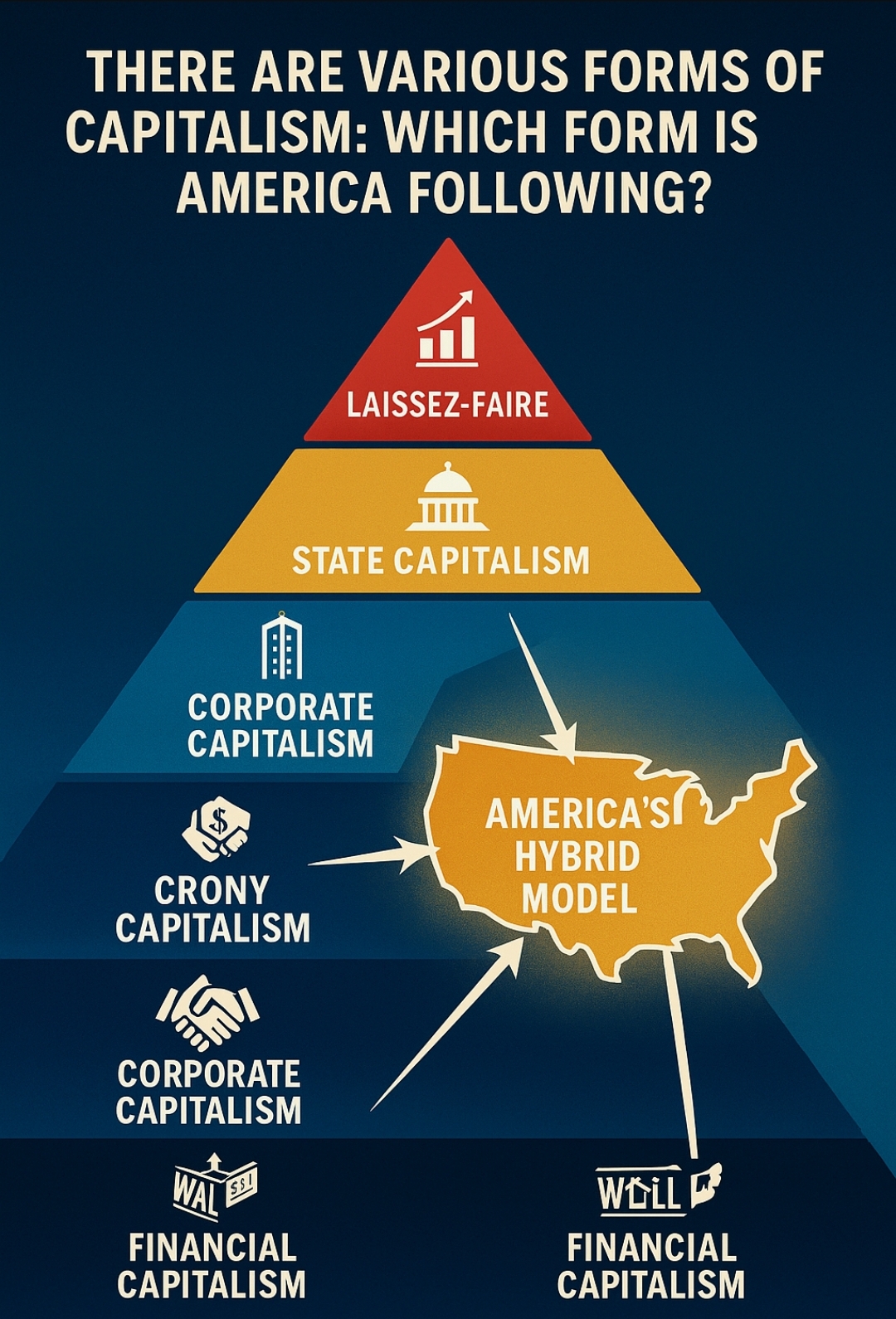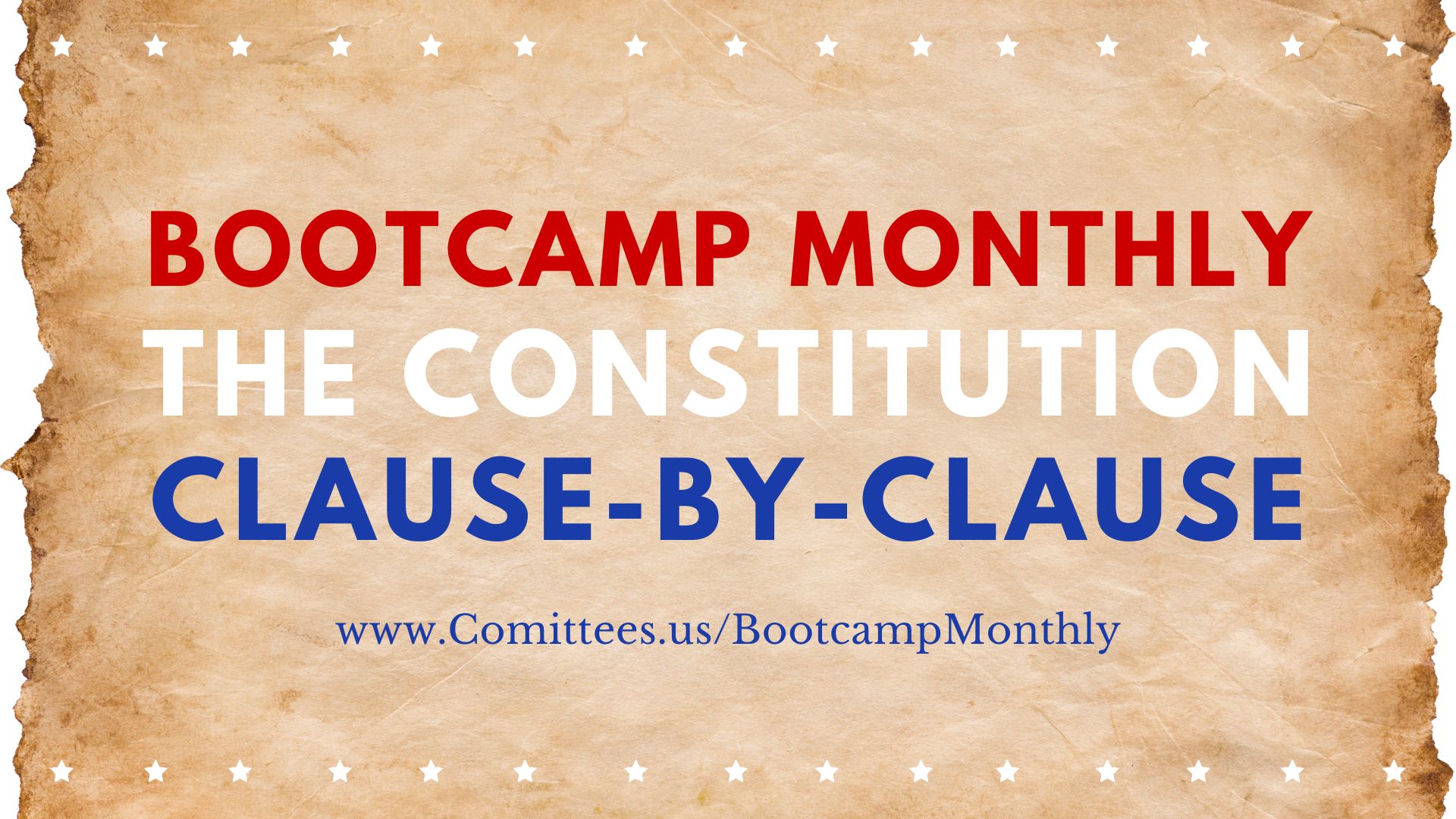Introduction: The Myth of “One Capitalism”
Many people talk about “capitalism” as if it’s a single, universal system. In reality, capitalism is a broad label for economic systems where private individuals or corporations own the means of production and operate for profit. But how that ownership is structured, how the rules are enforced, and who benefits—all these vary dramatically. Every society with markets and property rights practices some form of capitalism. The differences come down to how it is managed.
While socialism and communism are often portrayed as opposites to capitalism, the reality is that both systems also place capital at their core—they simply differ in who controls it. In socialism, the state or the collective owns and manages the means of production (capital), aiming to distribute resources more equally across society. In communism, capital is theoretically held in common, with private ownership abolished in favor of communal ownership and central planning. The core distinction is not the absence of capital, but the redistribution of control and ownership: rather than individuals or corporations holding capital and directing investment, the state or community does. In practice, this means that capital—factories, land, technology, resources—remains fundamental in organizing economic life, whether it is managed privately or publicly. Thus, the essential question across all economic systems is not whether capital exists, but who owns it, controls it, and decides how it is used.
The Main Forms of Capitalism
Laissez-Faire (Classical or Free-Market) Capitalism
- Definition:
Minimal government intervention. The market is left to regulate itself. - Features:
- Low taxes, minimal regulation
- Private property is supreme
- Competition is the driving force
- Examples:
- Rarely practiced in pure form today. Most closely seen in 19th-century Britain or early U.S. industrial era.
State Capitalism
- Definition:
The government plays a central, often entrepreneurial role in the economy, sometimes owning major industries or companies for national purposes while retaining private markets elsewhere. - Features:
- State-owned enterprises coexist with private businesses
- Government sets industrial policy, picks “winners”
- Examples:
- China, Russia, Singapore, and to a degree, modern Saudi Arabia.
Welfare (or Social Market) Capitalism
- Definition:
The market is balanced with a robust social safety net; government regulates for social good and to prevent excessive inequality or instability. - Features:
- Universal healthcare, education, strong worker protections
- Private property, markets, and competition
- State intervenes to redistribute income, regulate markets
- Examples:
- Nordic countries (Sweden, Denmark, Norway), Germany, France (to varying degrees)
Crony Capitalism
- Definition:
Economic success depends on close relationships between business leaders and government officials, rather than market competition. - Features:
- Lobbyists, subsidies, bailouts, regulatory capture
- Monopolies or oligopolies favored by law
- Examples:
- Often emerges in countries with weak rule of law; critics argue it is widespread in Russia, India, parts of Latin America—and increasingly the U.S.
Corporate (Managerial) Capitalism
- Definition:
Large corporations dominate the economy, often influencing both market and political outcomes. - Features:
- Concentration of market power
- Lobbying and regulatory influence
- “Too big to fail” dynamics
- Examples:
- United States, especially post-1980s, but also Japan and South Korea in different forms.
Financial (Casino) Capitalism
- Definition:
The financial sector becomes the dominant force in the economy, often at the expense of the productive “real” economy. - Features:
- Speculation, asset bubbles, high-frequency trading
- Financialization of daily life (credit, derivatives, etc.)
- Examples:
- Modern U.S. and U.K., especially after the deregulation of the 1980s-90s.
Which Form Is America Following?
The Early Republic: Agrarian/Entrepreneurial
- Early U.S. capitalism was closer to laissez-faire—lots of small farmers, artisans, and entrepreneurs, with weak federal regulation.
- Government played a role (infrastructure, patents), but the market was relatively open.
The Industrial Age: Managerial & Corporate Capitalism
- The late 1800s and early 1900s saw the rise of railroad and oil barons (“robber barons”), trusts, and eventually large publicly traded corporations.
- Government began regulating (antitrust, labor law), but big business dominated.
New Deal–1960s: Regulated/Welfare Capitalism
- After the Great Depression, the U.S. built a mixed system:
- Markets, but with Social Security, unemployment insurance, union rights, and banking regulations.
- The “American Dream” era: prosperity, broad middle class, some redistributive policies, but still strongly capitalist.
1970s–Present: Shift Toward Financial/Corporate/Crony Capitalism
- Deregulation (starting with Carter, accelerating under Reagan) reduced oversight of banking, finance, and big business.
- Globalization sent manufacturing offshore, empowering multinational corporations and financial firms.
- Financialization: Wall Street’s share of GDP and influence exploded.
- Cronyism:
- Growing use of lobbying, regulatory capture, corporate bailouts (e.g., 2008 financial crisis, COVID-19 relief).
- “Too big to fail” becomes a new motto for banks and large corporations.
Modern Reality: America’s Hybrid Capitalism
- Today’s U.S. economy is a blend of:
- Corporate/managerial dominance (tech, pharma, finance giants)
- Crony capitalism (massive lobbying, revolving doors between regulators and industry)
- Financial capitalism (stock market booms, asset bubbles, household debt)
- A shrinking welfare net compared to Europe, but still present (Medicare, Social Security)
Key Point:
America’s capitalism is not free-market in the classical sense, nor is it truly social-democratic like Scandinavia. It’s a complex hybrid:
- Heavily influenced by corporate and financial interests
- Riddled with lobbying, special favors, and bailouts
- Still competitive and innovative, but with rising inequality and declining economic mobility
Why Does This Matter?
Who Wins, Who Loses
- Each form of capitalism creates winners and losers.
- Corporate/financial forms tend to concentrate wealth and power.
- Crony forms undermine true competition and foster resentment.
- Social/welfare forms may create stability, but can limit risk-taking if overdone.
The Narrative Battle
- Political debates about “capitalism vs. socialism” usually ignore the real issue:
- What kind of capitalism do we want?
- Who writes the rules, who benefits, and who is held accountable?
Implications for Reform
- Understanding the true form of American capitalism is necessary for any serious reform—whether you want more competition, more regulation, less cronyism, or a fairer safety net.
Conclusion: Every Society Practices Capitalism, But the Rules Matter
Capitalism isn’t a monolith—it’s a toolkit, not a single tool. Every society is capitalist, but the form it takes shapes nearly everything:
- How opportunity is distributed
- How wealth and power are concentrated
- How resilient the system is to shocks and crises
America’s version of capitalism is unique—a hybrid with strengths and deep flaws. Recognizing this complexity is the first step in building an economy that serves the many, not just the few.







